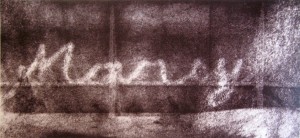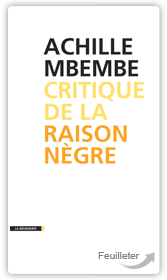Introspection is often necessary in academic work, not simply concerning the objects of the mind, but also the actual manner in which intellectual work is done. This typically comes under the heading of methodology. Yet the meaning of methodology is not always clear, particularly within the so-called theory disciplines that span Marxism, feminism, poststructuralism, psychoanalysis, and related fields. Some prefer the self-serving and somewhat vain conviction that theory and methodology are one and the same pursuit. Hence “doing theory” would seem to preempt the thorny exercise of methodological introspection, rendering it moot. Why speak of method, when theory is nothing but method? Why worry about other tasks, when theory is king?
Yet the reality of higher education contradicts such pat conclusions. In fact academic halls are teaming with a vast array of different research methods, from the positivistic expediency of quantitative investigation, to the staging of ethnographic interviews, to the narrative reductions of historiography, to the various instrumentalized strains of hermeneutics such as the Marxist reading, the feminist reading, or the psychoanalytic reading. Continue reading


 While in France a few weeks ago I had the chance to peruse the local bookstores and noticed some curious turns in French theory. One thing I wouldn't have predicted is an exhumation of the Greek primordial divinities. Meillassoux
While in France a few weeks ago I had the chance to peruse the local bookstores and noticed some curious turns in French theory. One thing I wouldn't have predicted is an exhumation of the Greek primordial divinities. Meillassoux